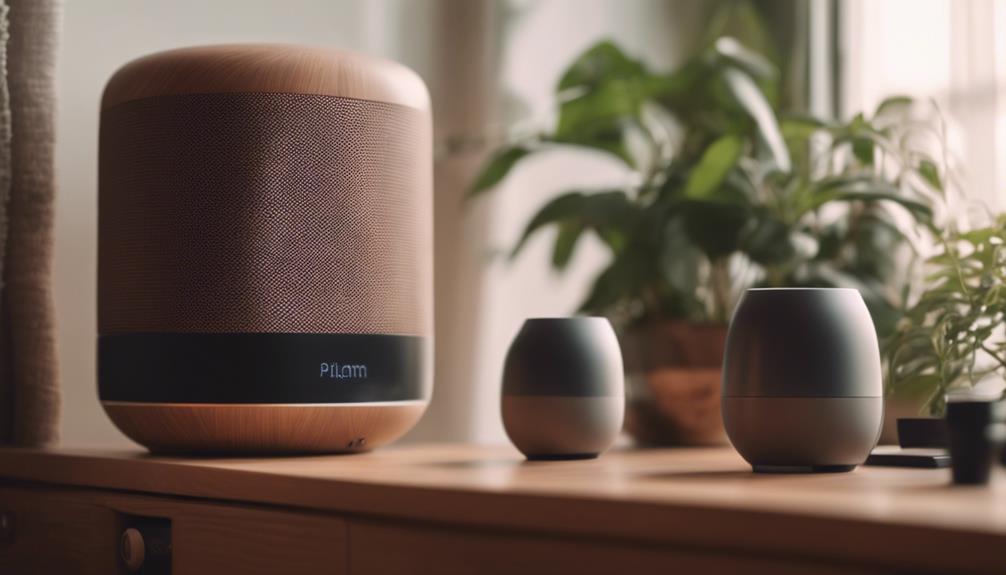In a world where technology is continuously evolving, the kitchen is not exempt from innovation. Among the most exciting developments in culinary technology is the emergence of 3D printing. 3D printed kitchen gadgets have begun to transform the way we cook, eat, and think about food preparation. This article explores the fascinating world of 3D printed kitchen gadgets, their benefits, potential applications, and how they are reshaping our culinary experiences.
What is 3D Printing?
3D printing, also known as additive manufacturing, is a process that creates three-dimensional objects from a digital file. The process involves laying down successive layers of material until the object is fully formed. This technology has been employed in various industries, including healthcare, automotive, and aerospace, but its application in the kitchen is particularly noteworthy.
Benefits of 3D Printed Kitchen Gadgets
3D printed kitchen gadgets offer numerous advantages that appeal to home cooks, professional chefs, and culinary enthusiasts alike. Some of the key benefits include:
- Customization: 3D printing allows for the creation of highly customized tools and gadgets tailored to specific needs or preferences. Whether it’s a cookie cutter shaped like a favorite character or a unique measuring cup design, the possibilities are endless.
- Cost-Effectiveness: Traditional kitchen gadgets often come with high manufacturing and shipping costs. 3D printing reduces these expenses, allowing for affordable kitchen tools that can easily be reproduced.
- Reduced Waste: With 3D printing, items are created layer by layer, which minimizes excess material waste. This is especially beneficial in an age of increasing environmental consciousness.
- Innovation: 3D printing encourages creativity and innovation in kitchen design. Inventors and chefs can experiment with new shapes and functionalities that traditional manufacturing methods may not allow.
- Accessibility: With access to 3D printers becoming more widespread, even home cooks can create their own gadgets, enhancing the DIY spirit in the kitchen.
Popular 3D Printed Kitchen Gadgets
From utensils to intricate molds, the range of 3D printed kitchen gadgets is vast. Here are some popular examples that showcase the potential of this technology:
- Measuring Spoons and Cups: Customized measuring tools can be designed to fit specific recipes, featuring unique shapes or sizes that standard tools do not offer.
- Cookie Cutters: 3D printed cookie cutters can be made in any shape imaginable, allowing bakers to create themed treats for parties or special occasions.
- Spices and Herb Dispensers: Innovative designs for spice dispensers can help with portion control and organization, making cooking easier and more efficient.
- Utensils: From spatulas to ladles, 3D printing can produce utensils that are lightweight, ergonomic, and designed for specific cooking techniques.
- Food Molds: Chefs can create custom molds for chocolates, cakes, and pastries that can enhance presentation and flavor profiles.
Case Studies: Success Stories in 3D Printed Kitchen Gadgets
Several companies and individuals have embraced 3D printing to create innovative kitchen tools. Here are a few notable case studies:
1. Foodini: The 3D Food Printer
Foodini is a groundbreaking machine designed to 3D print food. It allows users to create intricate designs with dough, chocolate, and various purees. The machine has garnered attention for its ability to produce customized food items, making it a favorite among chefs and food artists. Foodini has been used in restaurants to create unique dishes, enhancing both presentation and flavor.
2. 3D Printed Pizza
In an experimental project, researchers at the University of California, Los Angeles (UCLA) developed a 3D printer that can create pizzas. The machine layers ingredients like dough, sauce, and toppings to produce a complete pizza ready for baking. This project demonstrates the potential for 3D printing to revolutionize meal preparation, particularly in catering or fast-food scenarios.
3. Customizable Kitchen Utensils
A small startup, Nextrusion, has focused on designing customizable kitchen utensils that can be 3D printed. Users can select the size, shape, and color of their utensils, enabling them to create sets that perfectly match their cooking style and kitchen decor. This approach has attracted customers looking for personalized kitchen experiences.
The Future of 3D Printed Kitchen Gadgets
The future of 3D printed kitchen gadgets looks promising as technology continues to advance. Innovations in materials, such as edible filaments made from natural ingredients, could lead to the development of fully consumable kitchen tools. Additionally, as 3D printing becomes more accessible, more individuals will have the opportunity to experiment with designs and create their gadgets.
Furthermore, as sustainability becomes increasingly important, 3D printing offers an avenue for creating eco-friendly kitchen tools from recyclable materials. The potential for local production also means that gadgets can be created on-site, reducing transportation emissions and costs.
Challenges and Considerations
Despite the many advantages of 3D printed kitchen gadgets, there are challenges to consider:
- Material Limitations: While the variety of 3D printing materials is expanding, not all are suitable for food contact. Ensuring that materials are food-safe is crucial.
- Quality Control: The quality of 3D printed objects can vary based on the printer used and the design files. Consistency in production is essential for reliable kitchen tools.
- Consumer Education: Many consumers are still unfamiliar with 3D printing technology and may be hesitant to invest in 3D printed gadgets.
Conclusion
3D printed kitchen gadgets represent a fascinating intersection of technology and culinary arts. With the ability to customize, innovate, and reduce waste, these tools are transforming how we approach cooking and food preparation. As we continue to explore the potential of 3D printing in the kitchen, it is clear that this technology is not just a passing trend but a significant advancement that can enhance our culinary experiences.
As the industry evolves, embracing both the benefits and challenges of 3D printed gadgets will be key to ensuring their successful integration into homes and professional kitchens alike. The future of cooking is undoubtedly exciting, and 3D printed kitchen gadgets are at the forefront of this culinary revolution.
